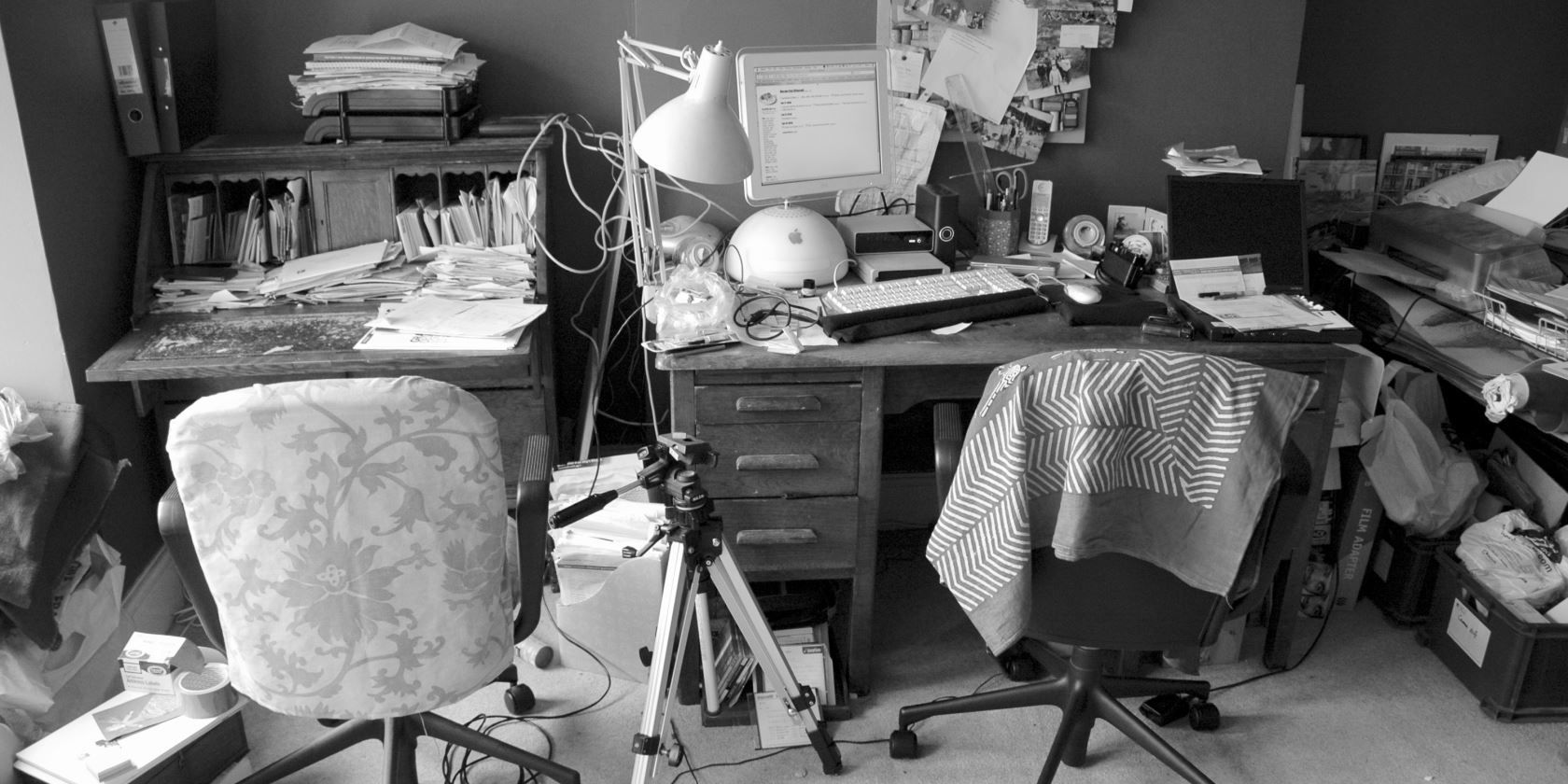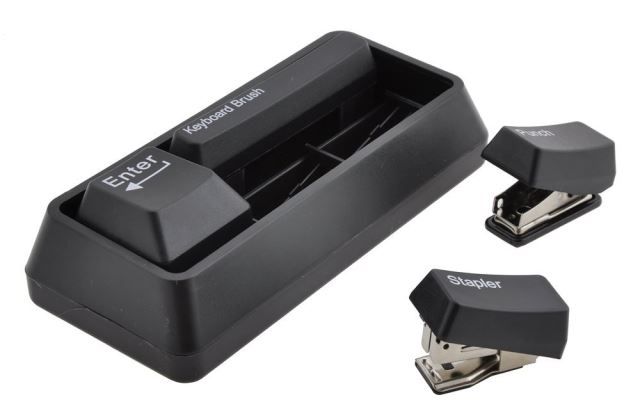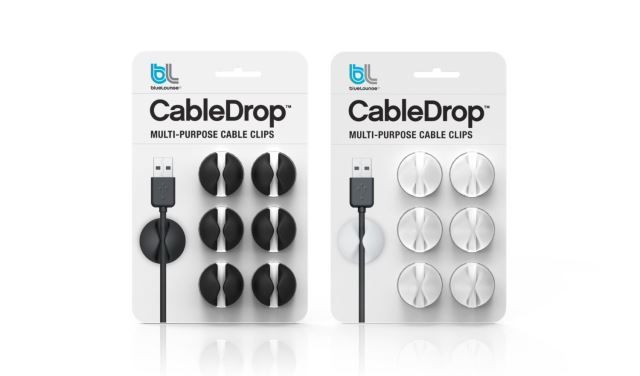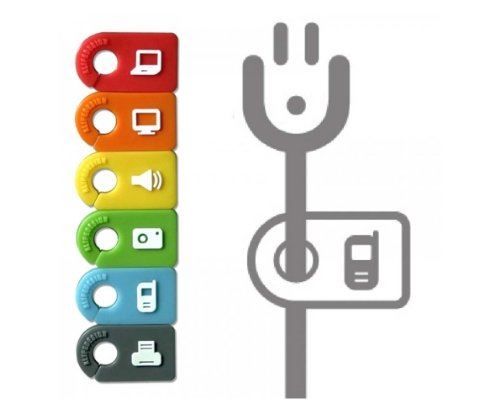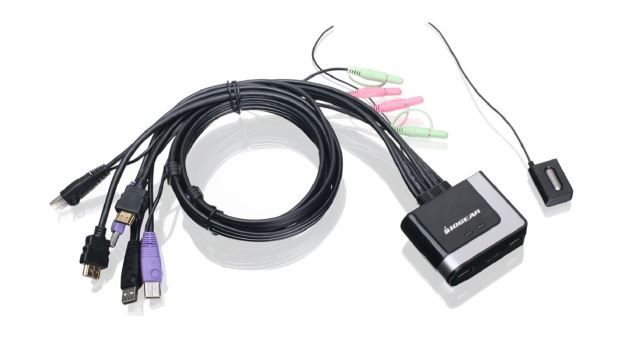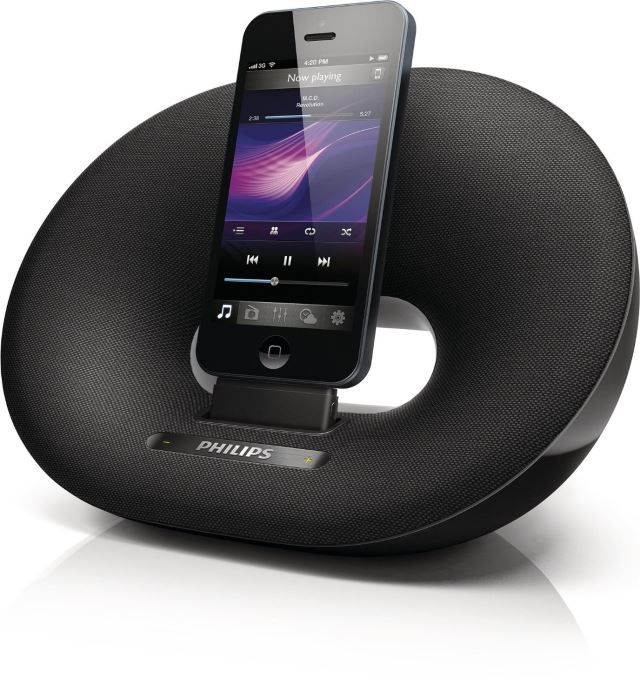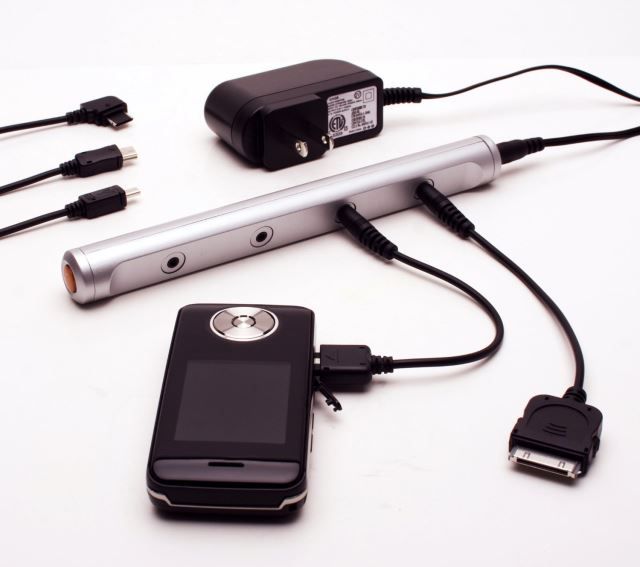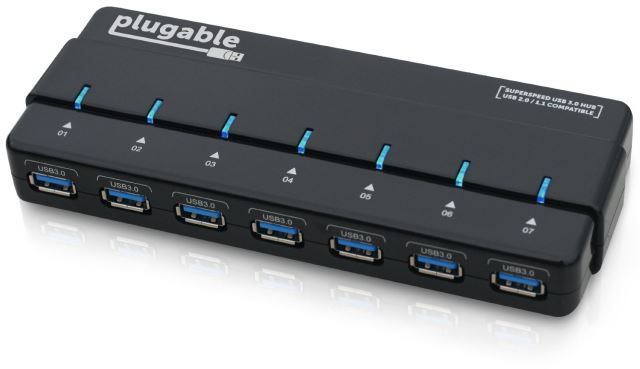Living in a tangle of cables and gadgets? Looking for the best way to organize your desk to keep things nice and tidy? Maximize and organize your workspace with these 10 cable tidies, docking stations, tablet stands, USB hubs and cable organizers.
Optimizing Space: Some Thoughts
Whether your desk is at home or at work, there is a very good chance that you find it difficult to keep tidy, even occasionally.
Below we'll look at several pieces of hardware that you can use to help keep things organized, but before you hit your credit card, let's consider a few thoughts. After all, in order to keep things tidy, you have to want to do so, first and foremost. In order to do this, you need a tidy desktop philosophy.
This might be putting things away as soon as you're done with them, something which in itself requires additional storage space, perhaps files and folders that you can place on shelves or in cupboards. If you're a laptop or tablet user, you might even go so far as putting all of your computer equipment away each night. Understanding just how much cabling you have under your desk can also help you to focus on just how untidy things really are.
When it comes to organizing your desktop space, there are a couple of non-desktop considerations to keep in mind. Probably the most important is the position of your power supply in relation to your hardware. Even if you're using an extension cable adaptor, you need to work with the structural restrictions of the room to keep your cables tidy, and hopefully out of sight.
You should also keep one eye on the positioning of your computer, monitor and cables with the strength of your wireless network. Problems with this can be mitigated by rearranging things – our wireless feng shui guide is a good place to start. A simpler approach might be a wireless extender (more often than not a second wireless hub), a powerline Ethernet adaptor kit or just run a long Ethernet cable from your router to your computer.
Once you're happy with how you're going to start keeping things tidy, it's time to consider some useful hardware.
Keep Your Desk Tidy
If you're a regular user of stationery and find paperclips and rubber bands cluttering up your space, you should give them a home.
Drawers might be a good place to start, but you might opt instead for a desk tidy. This might be anything from a large integrated keyboard holder with spaces for staplers and erasers to tech-themed solutions such as this $7.53 Keyboard Stationery Set, featuring a collection of desktop office hardware cunning disguised as a mini keyboard.
Organize Your Cables
Cables get everywhere. As I type this, I have two USB charger cables, one mouse USB cable and two HDMI cables in view. The ease with which cables can become muddled up or misplaced can be frustrating, but there is a very good solution in the shape of Cable Drop, a $2.65 pack of six adhesive rubber cable grabbers.
These can be used to route your cables where you want them or simply hold them in place when not in use.
An alternative to Cable Drop, and a little cheaper, might be a strip of adhesive hook and loop fastener fabric which can be cut to size and used to tie up and tidy cables to the back of your desk.
What Does This Plug Do?
Whilst we're discussing cables, let's be honest – they do tend to all look the same. How many times have you connected the wrong USB charge cable to your phone, or lost your computer's power lead into a nest of cables?
These Plug Tag Cable Identifiers easily snap onto your cables to illustrate what the connected device is. In this $2.95 pack, laptop, monitor, speaker, camera, phone and printer identifiers are included.
Other versions of this product are available for other rooms, such as your TV lounge or kitchen.
Multiple Computers? Easily Switch Between Devices
I can't remember a time when I only used a single computer (it was probably in 1984). Of course, the cost of running more than one PC and more than one monitor can be devastating, especially for rigs with large power requirements.
Using multiple monitors is often a barrier to successful multi-device computing, which is where KVM devices and display selectors come in. Personally speaking, I use a HDMI cable select device as for the vast majority of time I am switching between a Windows 8 tablet and a Raspberry Pi, the latter accessed via SSH.
However, if you need to quickly swap between different computers using the same keyboard and mouse (as opposed to a desktop-devastating second set of input devices) then you should consider a KVM switch, starting at $59.40 for an HDMI compatible switch or as little as $25 for a VGA switch.
Docking Stations and Stands for Tablets and Phones
Rather than making your desk look untidy by chucking your phone onto it, you should perhaps think about buying a docking station or stand.
While DIY options are plentiful there is something particularly satisfying about using the latest stylish docks and stands for your iOS or Android smartphone or tablet.
While docking stations can prove expensive (especially those docks with built-in speakers!), stands can be purchased for just a couple of dollars. Note that the vast majority of budget stands take up far less space than a phone or tablet laid horizontally.
Less space equals less clutter!
Recharge Multiple Device With One Charging Point
More than one portable device?
There is a very good chance that you are the owner of at least two battery-powered computers. Perhaps you carry around a smartphone and notebook combination; either way, charging probably proves untidy from time to time.
A single charging device is an excellent way of dealing with this clutter, if only to make the cables quick and easy to tidy up when charging is complete.
Several solutions are available, including this handy $24.99 charging tube with four ports and suitable adaptors for simultaneous charging of phones, PDAs, MP3 players, cameras, and more.
USB Docks and Hubs
One last way to keep your hardware tidy is to provide easy access to your computer for USB devices. A powered USB hub is the best way to do this, and if you choose a device with plenty of ports that is small enough to be mounted (perhaps with some hook and loop fastener strips) to a wall or underside of your desk.
One such device is the $35 Plugable 7 Port USB 3.0 Hub with 4A Power Adapter, although you should be aware that it isn't 100% compatible with OS X and is a poor choice if you use a Raspberry Pi (Linux and Windows users can go ahead, however).
Please note all prices are correct at the time of writing.
Have you tried any of these tools? Do you have a better collection of gadgets that you use to keep your desk tidy? Let us know in the comments!
Image Credit: henry...

